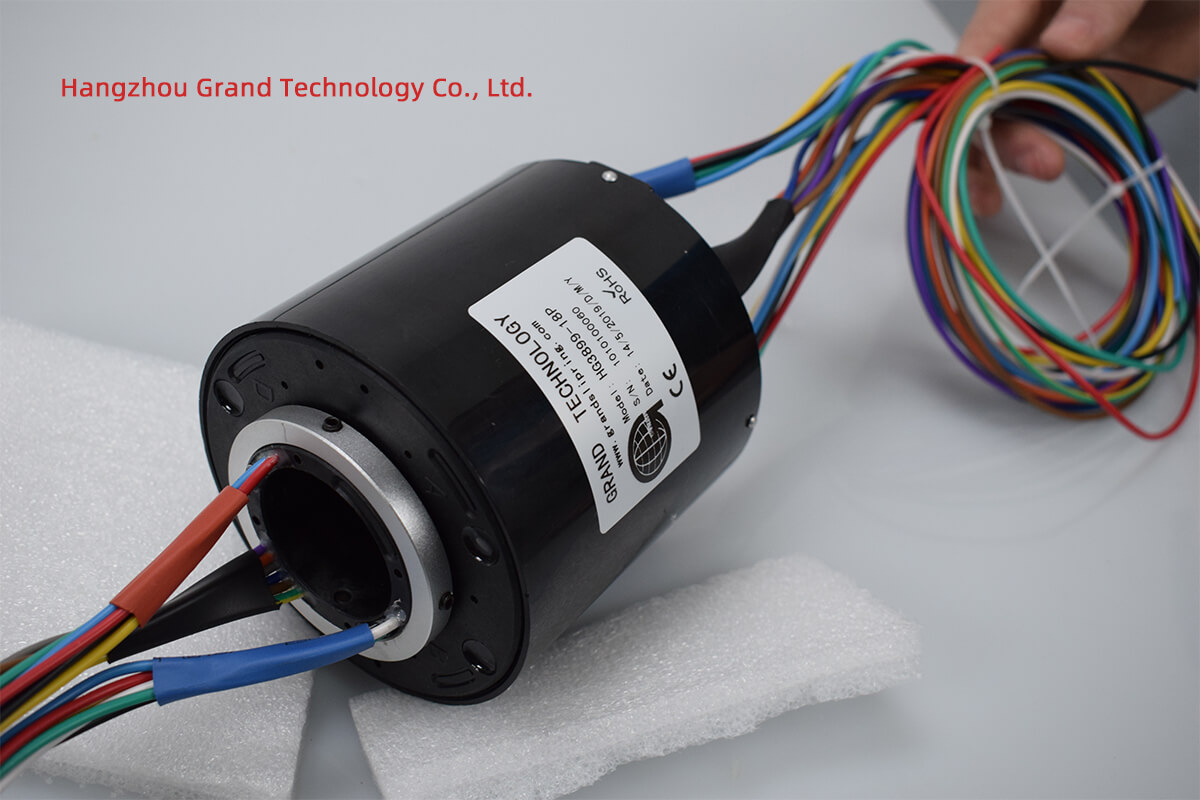In the packaging industry, the selection of the right motor plays a crucial role in ensuring the efficient and reliable operation of packing machines. Among the various motor options available, slip ring motors and servo motors are commonly used in packaging systems. The introduction of servo encoder slip ring technology further enhances the performance of these motors, allowing for precise feedback and control in systems that require high accuracy. In this article, we will compare slip ring motors and servo motors, examining their benefits, limitations, and applications in packing machines.
Slip Ring Motors in Packing Machines
Slip ring motors, also known as wound rotor motors, have been traditionally used in packing machines for their robustness and ability to handle high starting torque requirements. These motors consist of a wound rotor connected to an external power supply via slip rings and brushes. One of the key advantages of slip ring motors is their ability to provide high torque during startup, making them suitable for applications with heavy loads or high inertia. Slip ring motors are also known for their reliability and durability in harsh operating conditions.
However, slip ring motors have some limitations that need to be considered. They require regular maintenance and inspection due to the presence of slip rings and brushes, which may wear out over time. Slip ring motors also have a more complex design compared to other motor types, resulting in higher installation and maintenance costs.
In packing machines, slip ring motors are commonly used in applications that require high starting torque, such as conveyor belts, rotary indexing systems, and packaging material handling.
Servo Motors in Packing Machines
Servo motors have gained popularity in the packaging industry due to their high precision, fast response, and versatility. These motors are designed to provide accurate position, velocity, and torque control. Servo motors consist of a rotor, stator, and feedback device such as an encoder or resolver. They are typically driven by a servo drive that receives feedback signals and adjusts the motor’s performance accordingly.
The advantages of servo motors include their ability to provide precise control, high-speed operation, and excellent dynamic response. They offer programmable motion profiles, allowing for customizable acceleration, deceleration, and positioning. Servo motors also have a compact design and are more energy-efficient compared to slip ring motors.
However, servo motors may have higher initial costs compared to slip ring motors. They also require careful tuning and programming to optimize their performance, which can add complexity to the system setup.
Servo motors are widely used in packaging machines for applications that require precise control and positioning, such as robotic packaging, pick-and-place operations, and high-speed labeling.
Comparing Slip Ring Motors and Servo Motors
When comparing slip ring motors and servo motors for packaging machines, several factors need to be considered.
Performance Comparison
Slip ring motors excel in applications that require high starting torque, such as driving heavy loads or overcoming initial inertia. They provide reliable and robust performance in demanding environments.
On the other hand, servo motors offer superior control, precision, and dynamic response. They are capable of rapid acceleration and deceleration, making them ideal for applications that demand high-speed and accurate positioning.
Cost Comparison
Slip ring motors generally have lower initial costs compared to servo motors. They have a simpler design and do not require the sophisticated control systems associated with servo motors. However, slip ring motors may require additional maintenance and inspection due to the presence of slip rings and brushes, which can increase operational costs over time.
Servo motors have higher initial costs due to their advanced control systems and feedback devices. However, they often provide energy savings and higher efficiency during operation, which can lead to long-term cost benefits.
Control and Precision Comparison
Slip ring motors have limited control options compared to servo motors. While slip ring motors can operate at different speeds and handle varying loads, they lack the precise control and programmability offered by servo motors. Servo motors allow for highly accurate control of speed, position, and torque, enabling precise and repeatable movements in packing machines.
When selecting a motor for packing machines, it is important to consider the specific requirements of the application. Slip ring motors are suitable for applications that demand high starting torque and robust performance, while servo motors excel in applications that require precise control and high-speed operations.
As motor technology continues to advance, we can expect further improvements in both slip ring motors and servo motors. Future trends may include the development of more efficient slip ring motors with reduced maintenance requirements and enhanced reliability. Servo motors are likely to see advancements in control algorithms, communication protocols, and integration with Industry 4.0 technologies.
In conclusion, the selection of the motor type, whether slip ring motors or servo motors, should be based on the specific needs of the packing
machine application. By understanding the benefits, limitations, and applications of these motor types, manufacturers can make informed decisions to optimize the performance and efficiency of their packing machines.


